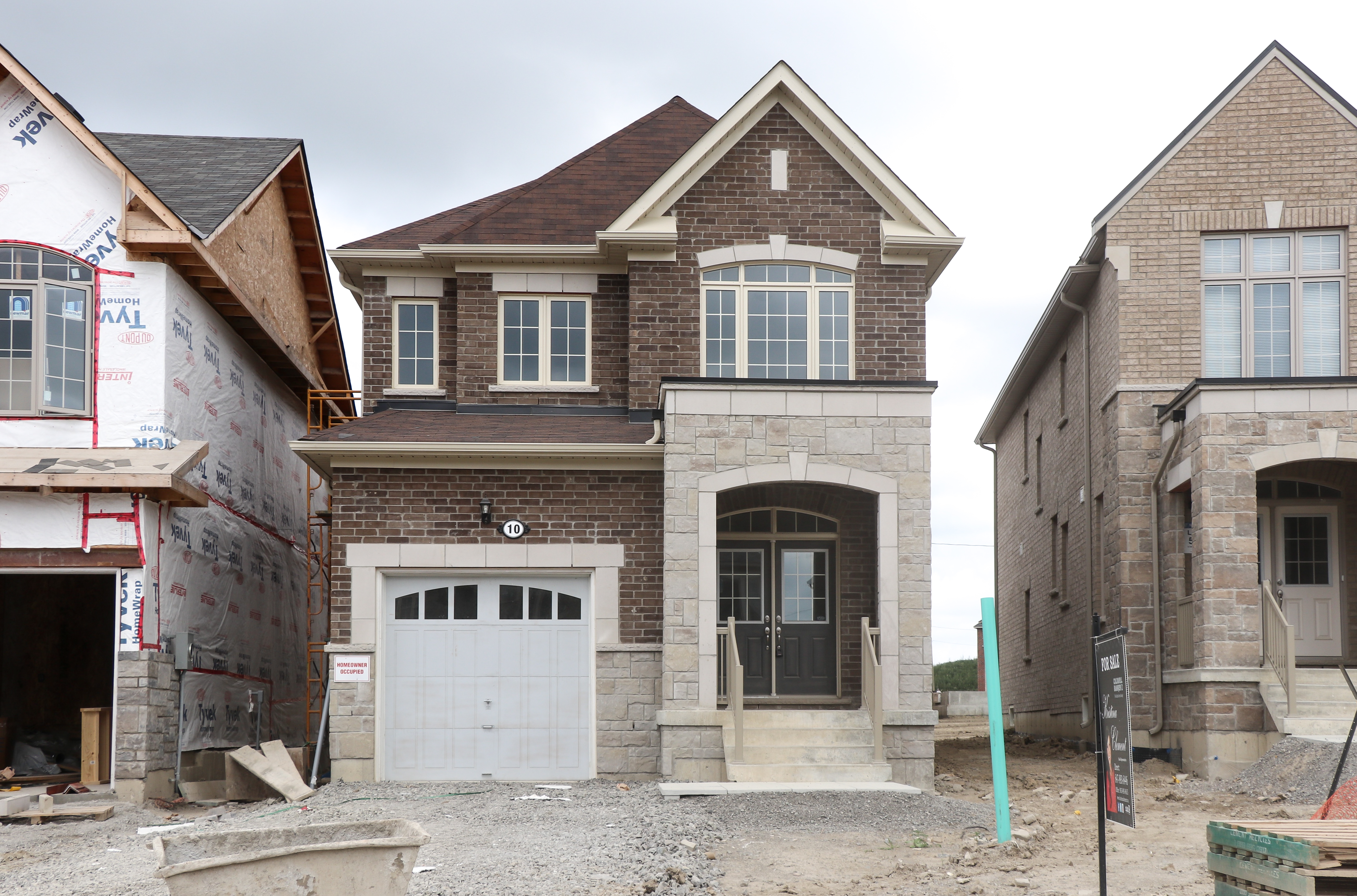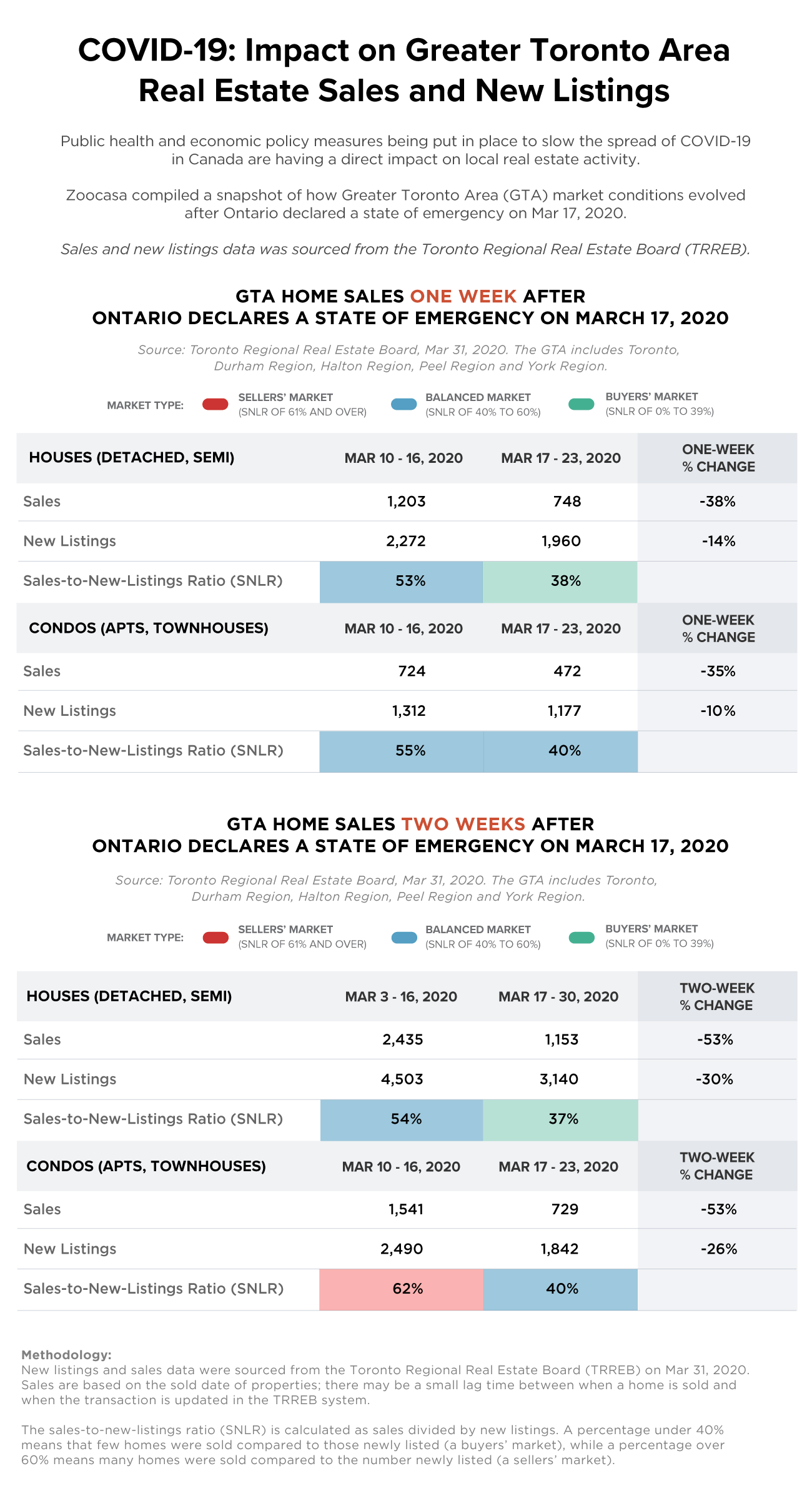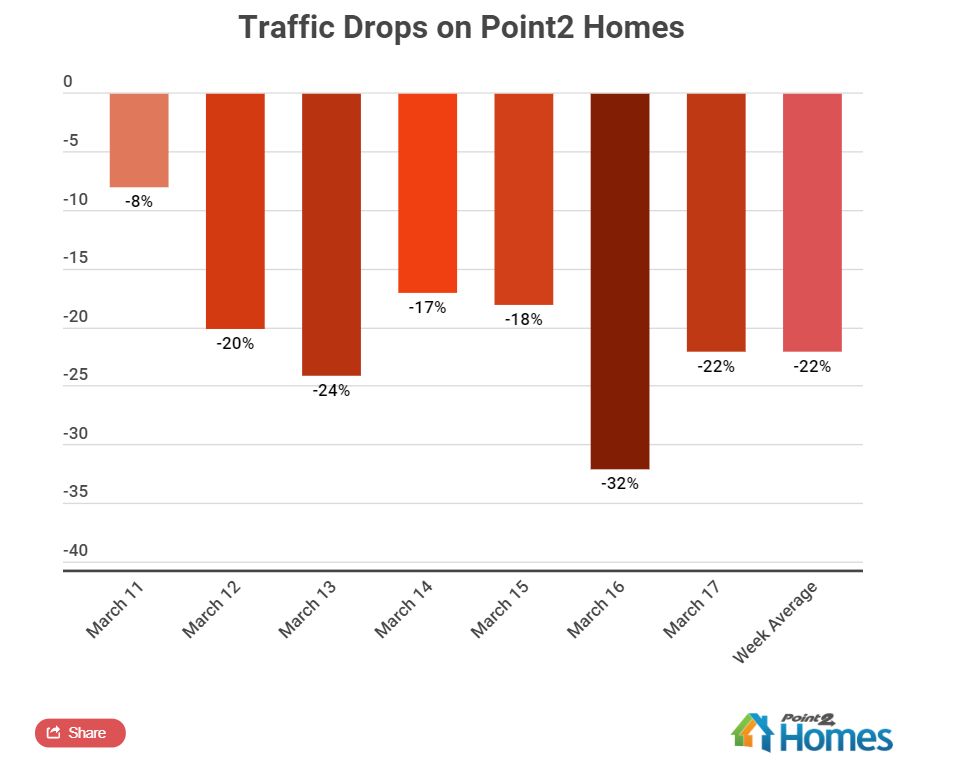The COVID-19 pandemic has disrupted every aspect of our lives and no industry has been left unaffected. It can be particularly challenging for those in the new home industry where buyers still value that personal connection and in-person experience before they sign on the dotted line. A house, after all, remains the biggest purchase most people will make in their lifetimes. But with presentation centres and model homes closed, how can developers navigate through the pandemic and continue making sales?
“It doesn’t have to be complicated,” said Lianne McOuat, VP Client Service and Strategy at McOuat Partnership, a Markham-based real estate advertising agency. “Now is a great time to modernize your operations and get ready to sell online.”
To support new home sellers during this tumultuous time, McOuat developed a guide with suggested steps that developers can take to transition to a digital sales office and start selling homes online.
1. Create a sales presentation and e-blast

Condense useful information about your development into an easy-to-follow, single-page brochure. Tell your story by clearly outlining what you’re offering and include relevant information like your unit availability, site plan, pricing and floorplans. “Ideally this follows the ‘macro to micro’ approach, just as you would in a face-to-face sales presentation,” said McOuat.
She also suggests sending out an email to your database, informing them of your shift to online sales, and including a link to book an appointment. Make sure to include a photo of your salesperson to add a personal touch.
“Make this email your auto-reply and then every person that registers will get the email to book an online appointment,” said McOuat. “Add another call-to-action button somewhere with a tease of some sort (eg. see our new design!). You will know who opens this email and who clicks on the link, even if they don’t book an appointment so you can follow up with those people via phone/text/email.”
2. Set up appointments with potential buyers

Apps like Calendly are free to download and make setting up appointments easy. Customers can book an appointment on their own by choosing an available 15-minute time slot during the day.
“Once they book, they will receive a notification of their booking via email and then a reminder leading up to the scheduled appointment,” said McOuat. “These emails can include a Zoom/GoTo meeting link for a virtual appointment and can even be added to their Google Calendars.”
3. Organize video meetings

You’ve likely already heard about the use of Zoom during this pandemic. The video conferencing platform has skyrocketed in popularity as students, businesses and celebrities around the world communicate remotely while isolating.
“Zoom allows you to easily connect to a meeting, share your screen to present your sales pitch, and see the person as if you were sitting face-to-face,” said McOuat. “Clients can either connect to the meeting by downloading the app or connect through their browser, without downloading the software.”
4. Use DocuSign to obtain e-signatures

Real estate agents in the resale market have already been using DocuSign software to make it easier for their clients to approve and sign legal documents. DocuSign allows customers to sign PDF documents with an electronic signature, and can be emailed to all parties involved including the homebuilder, sales team and lawyers. “Once the potential buyer is ready to purchase, you can bring up the agreement on your screen to walk them through it and explain how signing via DocuSign works,” said McOuat.
5. Send a congratulatory email with next steps

When all documents are signed and the sale is finalized, be sure to send a message of congratulations from the president. Include next steps, such as where to send their deposits, when their decor appointment will be, and who they can contact if they have any questions. “Send this via email and also via Canada Post,” suggested McOuat. “This will assist with buyers remorse, which is likely to happen at times like these.”
6. Accept deposits using Bank Wire Transfers

Talk to your bank about accepting wire transfers for deposits. Once this is set up, you can include all relevant information and instructions to purchasers in the follow-up email sent immediately after the purchase. “Purchasers can mail the balance of their deposit cheques to your office, rather than you sending a courier to pick them up,” said McOuat. “Make sure to include who to make the cheques out to in the follow-up letter.”













 Maziar Moini, Broker of Record - Home Leader Realty Inc.
300 Richmond St. W., #300, Toronto, ON M5V-1X2
Maziar Moini, Broker of Record - Home Leader Realty Inc.
300 Richmond St. W., #300, Toronto, ON M5V-1X2

